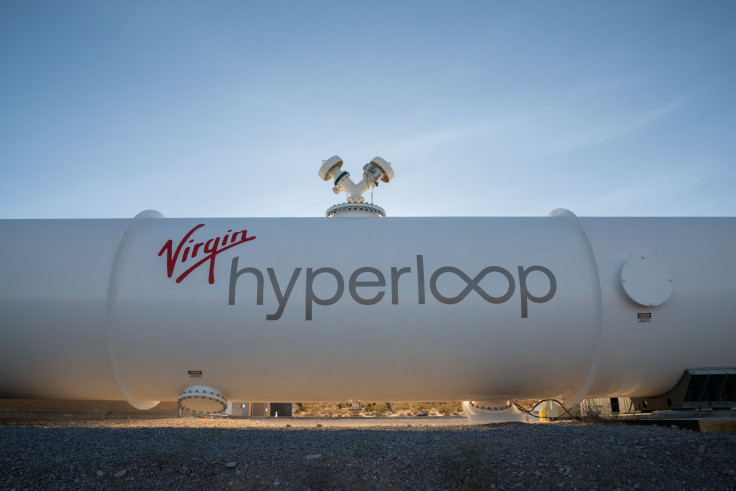Virgin Hyperloop completes first test run with human passengers on board
Aboard the Pegasus hyperloop pod was head of passenger experience Sara Luchian and chief technology officer and Virgin Hyperloop co-founder Josh Giegel.
Elon Musk publicly discussed his plans for a new mode of transportation that hopes to cut travel time significantly. In 2012, he envisioned a network of tunnels that will ferry cargo or passengers with the combination of magnetic levitation and vacuum. This concept was dubbed the "Hyperloop" which was reportedly an open-source project with SpaceX. Fast forward to 2020 and the Virgin Hyperloop just completed its first test run with human passengers on board.
The trial was conducted over the weekend on a Sunday afternoon according to reports. It apparently took place at the DevLoop test track located in the outskirts of Las Vegas, Nevada. Aboard the Pegasus hyperloop pod was head of passenger experience Sara Luchian and chief technology officer and Virgin Hyperloop co-founder Josh Giegel.
What followed was a brief moment inside the airlock as the system pumped all the air out of the vacuum tube. Once completed, the pod quickly accelerated up to 160 kilometers per hour across the 500-meter test track and immediately slowed down to a stop at the end. The successful test run with human passengers is a significant milestone for the Virgin Hyperloop project, which was founded in 2014 and backed by renowned British entrepreneur Sir Richard Branson.
So far, the team has already conducted more than 400 tests in the past, but the most recent one is the first-ever with humans on board the pod. "No one has done anything close to what we're talking about right now," Virgin Hyperloop CEO Jay Walder told The Verge. "This is a full scale, working hyperloop that is not just going to run in a vacuum environment, but is going to have a person in it. No one has come close to doing it."
The Pegasus test pod is apparently a scaled-down model of what the company intends to use commercially in the future. The actual module that will be used by the service will reportedly be around 15 to 18 feet long and weigh around 2.5 tons. Up to 23 passengers can fit inside the cabin which is projected to travel at speeds close to that of a modern jetliner. What makes this possible is the reduction of friction brought about by traditional wheel on track and air.
© Copyright IBTimes 2024. All rights reserved.






